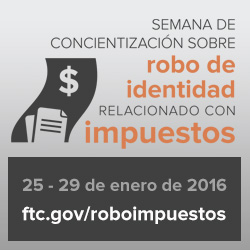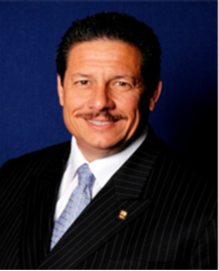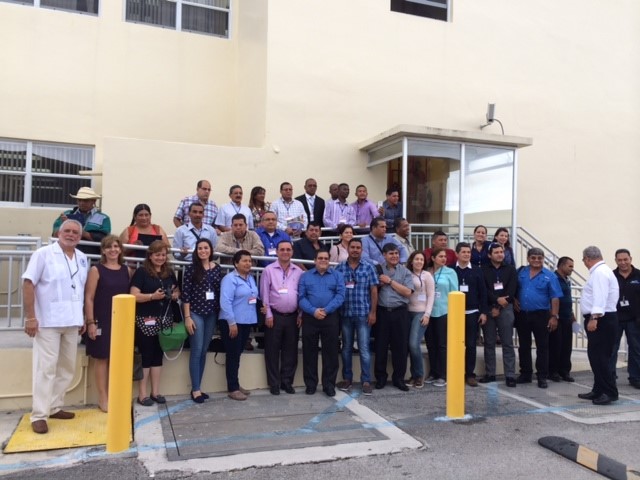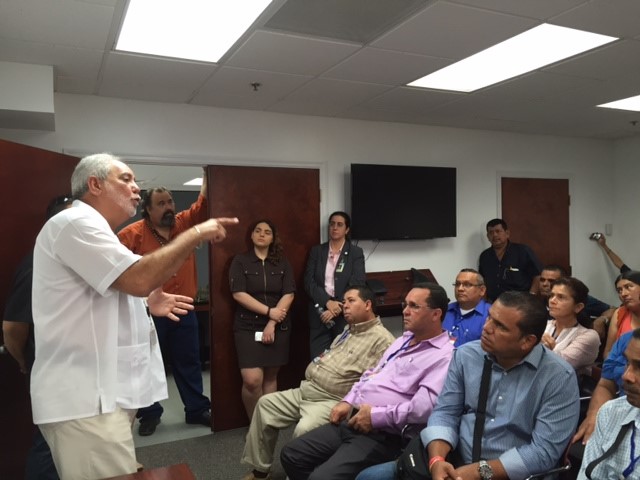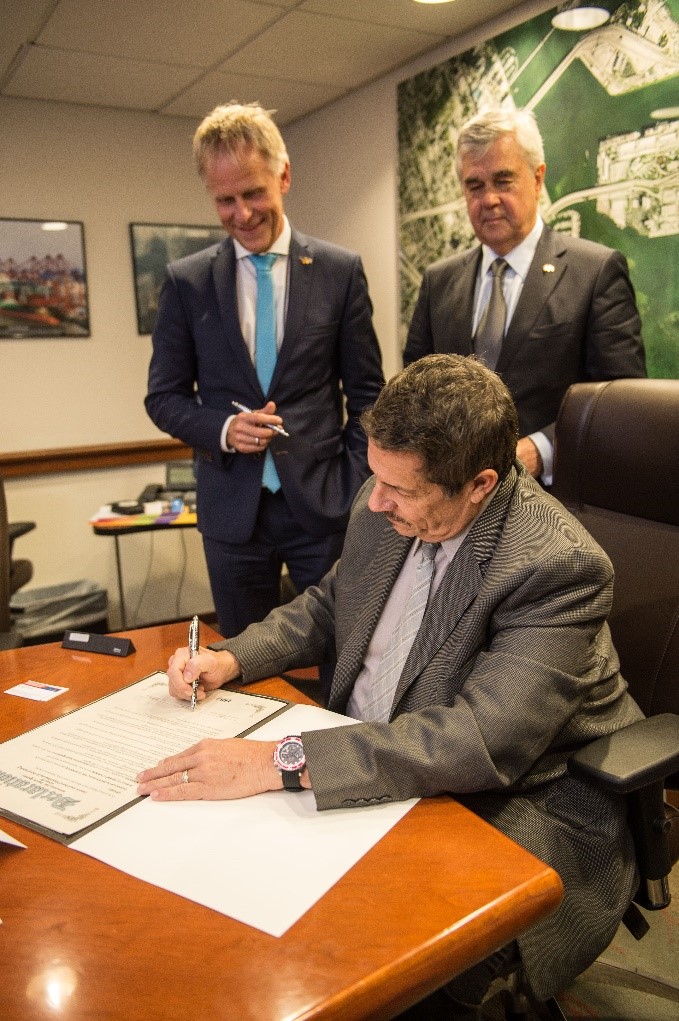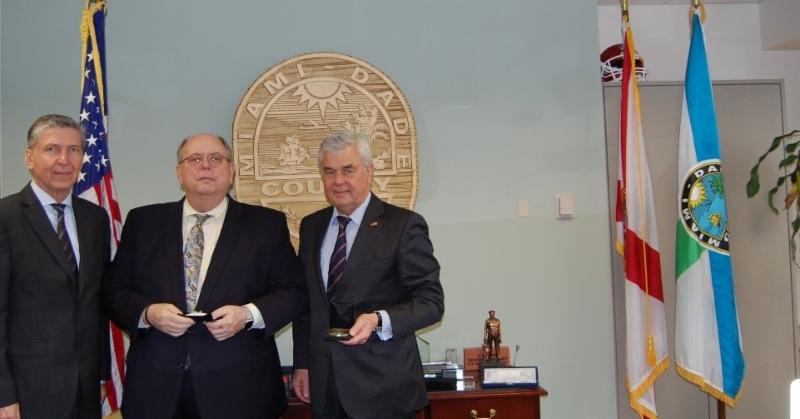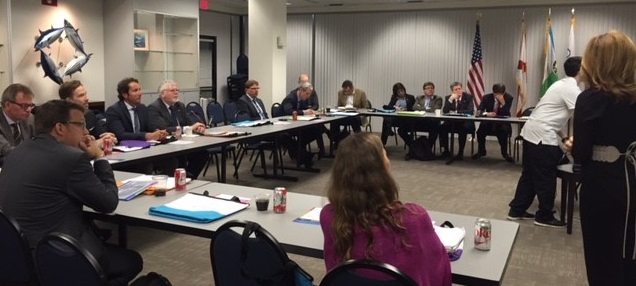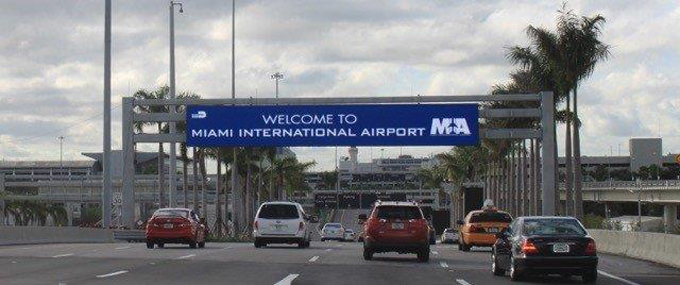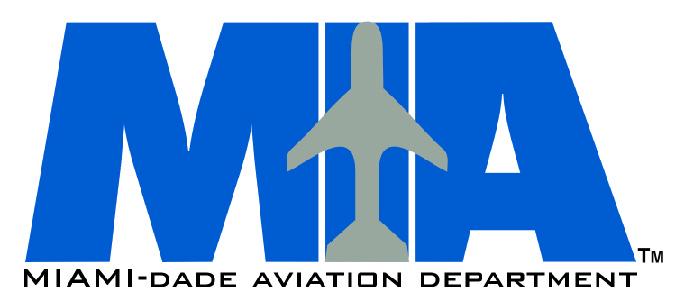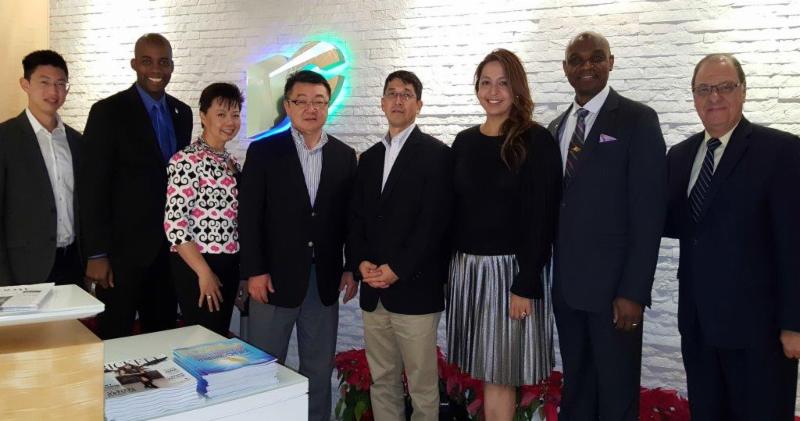 |
||
|
La Comisión Federal de Comercio (FTC, por su sigla en inglés) ha presentado una demanda contra los operadores de DeVry University alegando que los anuncios de DeVry engañaron a los consumidores respecto de la probabilidad de que los estudiantes pudieran encontrar trabajo en sus respectivos campos de estudio y ganar más que los estudiantes con diplomas de licenciatura de otras escuelas superiores o universidades.
La Chairwoman de la FTC, Edith Ramirez, dijo al respecto: “Millones de estadounidenses recurren a la educación superior para capacitarse como un camino que los conduzca hacia buenos empleos y salarios. Las instituciones educativas como DeVry le deben decir la verdad a sus potenciales estudiantes respecto del éxito obtenido por sus graduados para conseguir empleos en sus respectivos campos de estudio y acerca de los salarios que pueden ganar.”
En su demanda contra DeVry, la FTC alega que la declaración de los demandados referida a que el 90 por ciento de los graduados de DeVry que estaban buscando empleo activamente consiguieron empleos en sus respectivos campos de estudio dentro de los seis meses posteriores a la fecha de graduación era engañosa. En la demanda también se indica que otra declaración clave efectuada por DeVry, referida a que un año después de la graduación sus graduados percibían en promedio un ingreso 15 por ciento superior al de los graduados de todas las demás escuelas superiores o universidades, también era engañosa.
En la demanda se señala que estas declaraciones aparecían en las publicidades de los demandados difundidas por radio, televisión e internet y en publicaciones impresas y otros medios. La declaración referida al 90 por ciento era un elemento central de sus campañas de marketing por lo menos desde 2008, y la declaración referida a mayores ingresos comenzó en 2013. Por ejemplo, en un anuncio emitido por televisión en todo el país, como así también en YouTube, aparecían personas vestidas como gente de negocios colgando en una pared cientos de “cartas de ofrecimientos” con una voz en off que relataba la importancia que tienen los ofrecimientos de empleo para los estudiantes terciarios y universitarios. La voz en off decía que todas las cartas de ofrecimiento de empleo habían llegado solo durante el último año – y luego seguía la declaración referida al 90 por ciento. En otro anuncio se presentaba a un estudiante que decía “Y cuando termine mi diploma en negocios, un nuevo empleo en una gran compañía – ese es el regalo que quiero para mi graduación”, y luego seguía la declaración referida al 90 por ciento.
En la demanda se alega que DeVry contabilizó numerosos graduados como personas que estaban trabajando “en su campo de estudio” cuando en realidad no era cierto, en ese grupo se pueden incluir los siguientes ejemplos de la promoción graduada en 2012:
- Un graduado licenciado en administración de empresas con una especialización en administración de servicios de salud que estaba trabajando como camarero en un restaurante.
- Múltiples graduados licenciados en gestión técnica cuyos empleos estaban listados como puestos voluntarios sin remuneración en centros médicos; un graduado licenciado en gestión técnica con especialización en recursos humanos que estaba trabajando como cartero en una zona rural y otro que trabajaba como conductor de reparto de canaletas de desagüe pluvial para una compañía de construcción.
- Un graduado licenciado en administración de empresas con especialización en administración de atención de la salud que estaba trabajando como vendedor de carros.
En la demanda también se alega que en sus cálculos, DeVry incluía a graduados que estaban trabajando en empleos relacionados con sus respectivos campos de estudio que habían conseguido antes de inscribirse en DeVry, en contraposición con aquellos que consiguieron después de graduarse.
Además de contabilizar estos y otros graduados como personas que estaban trabajando “en su campo”, en la demanda de la FTC también se alega que DeVry excluyó de sus cuentas a aquellos que “estaban buscando empleo” como inactivos cuando en realidad estaban buscando empleo activamente. Eso incluye, por ejemplo, un graduado que había revisado más de 175 de puestos de trabajo en la base de datos de empleos de DeVry, realizó seis entrevistas de empleo en los dos meses previos a ser clasificado como inactivo, envió reiterados emails al departamento de servicios de carreras profesionales de DeVry y asistió a una feria de carreras profesionales de DeVry.
La demanda de la FTC alega que los demandados tenían motivo para cuestionar la fiabilidad de las conclusiones e información contenida en una encuesta y reporte de una compañía externa que DeVry University usó como base para su declaración referida a la superioridad de ingresos. Asimismo, según se alega en la demanda, al comparar la información que los demandados obtuvieron directamente de sus graduados con los datos de disposición pública se demostró que los graduados de DeVry University en realidad no ganan considerablemente más que los graduados de todas las otras escuelas en su conjunto un año después de su graduación.
En una acción relacionada, el Departamento de Educación de EE. UU. (ED) también está tomando medidas contra DeVry por sus prácticas de marketing. El Departamento de Educación está notificando a DeVry que le requerirá a la institución que cese con determinadas publicidades relacionadas con los resultados laborales para sus estudiantes luego de la graduación y que tome medidas adicionales para garantizar que DeVry pueda fundamentar la veracidad de los resultados laborales posteriores a la graduación.
El Subsecretario de Educación, Ted Mitchell, dijo al respecto: “Tal como lo exige la ley, y lo espera el público, las instituciones tienen que ser precisas en sus esfuerzos de marketing y reclutamiento de sus potenciales estudiantes. Y confirmamos esta veracidad de los anuncios a través de la información comprobatoria que las escuelas suministran bajo petición. Los anuncios efectuados hoy por el Departamento y la FTC son el resultado de mucha colaboración y cooperación. Estamos agradecidos a nuestros colegas de la FTC por su arduo trabajo y dedicación en este asunto.”
El caso de la FTC alega que estas declaraciones engañosas efectuadas por DeVry Education Group, DeVry University, Inc. y DeVry/New York Inc. infringieron la Ley de la FTC. La demanda de la FTC le solicita a la corte que disponga un resarcimiento para los consumidores afectados y que le prohíba a DeVry futuras infracciones de la Ley de la FTC.
El resultado de la votación de la Comisión para autorizar a su personal a presentar la demanda fue 4-0. La Comisionada Maureen Ohlhausen emitió una declaración por separado. La demanda fue presentada ante la Corte Federal de Distrito para el Distrito Central de California.
NOTA: La Comisión presenta una demanda cuando existe una “razón para creer” que la ley ha sido o está siendo violada, y cuando la Comisión considera que el procedimiento es de interés público. El caso será decidido por la corte.
La Comisión Federal de Comercio trabaja para promover la competencia y proteger y educar a los consumidores. Usted puede aprender más sobre los temas de interés de los consumidores y presentar una queja de consumidor en internet o llamando al 1-877-FTC-HELP (382-4357). Haga clic en la opción “me gusta” la FTC en Facebook





